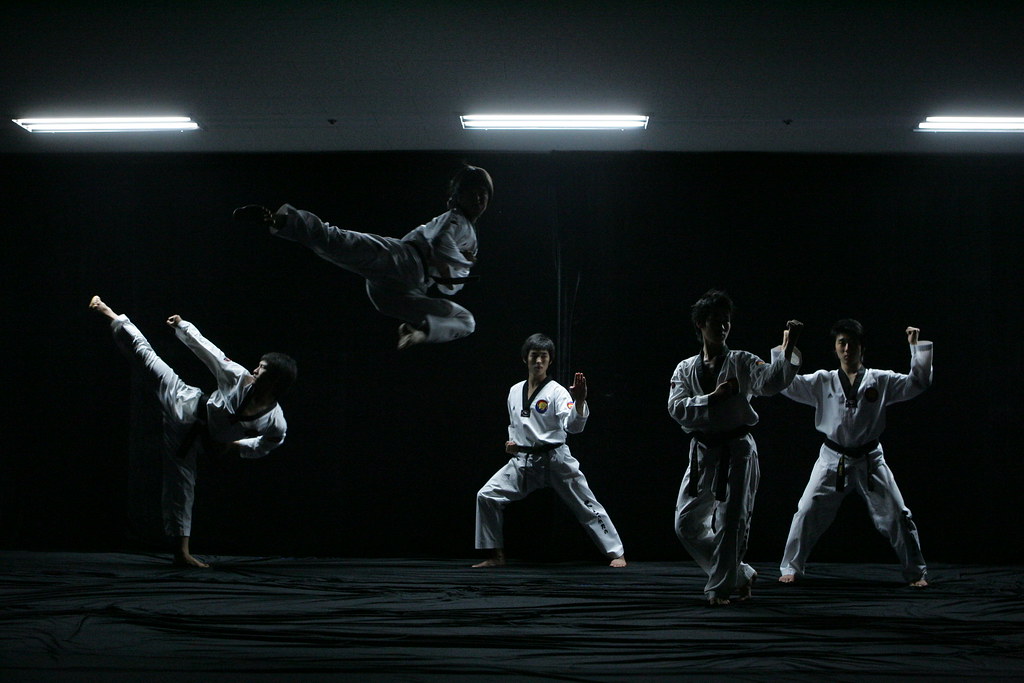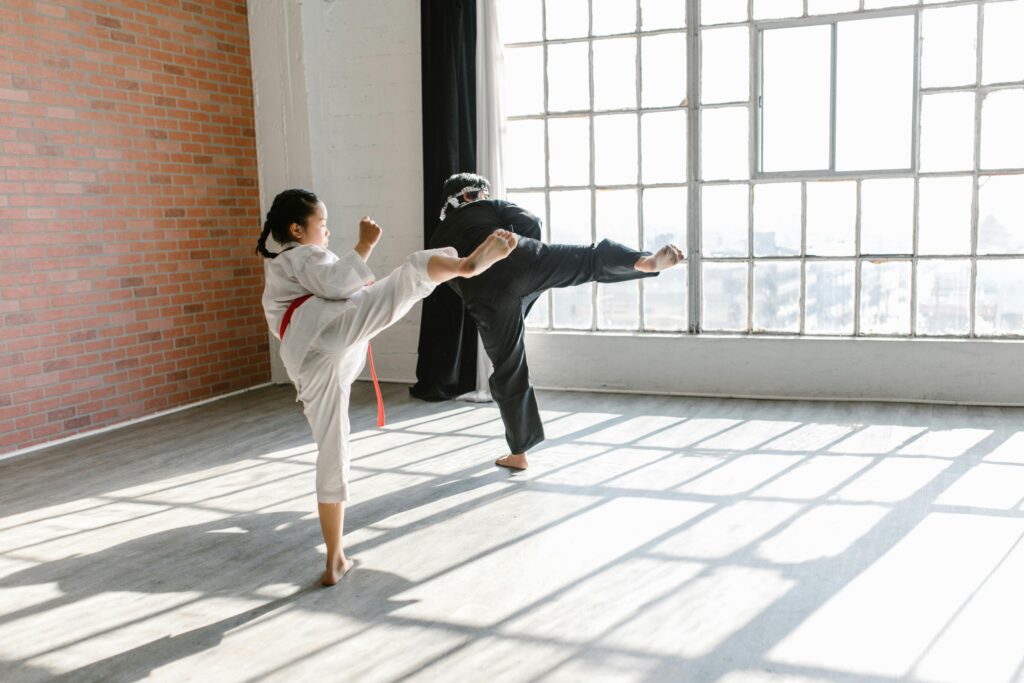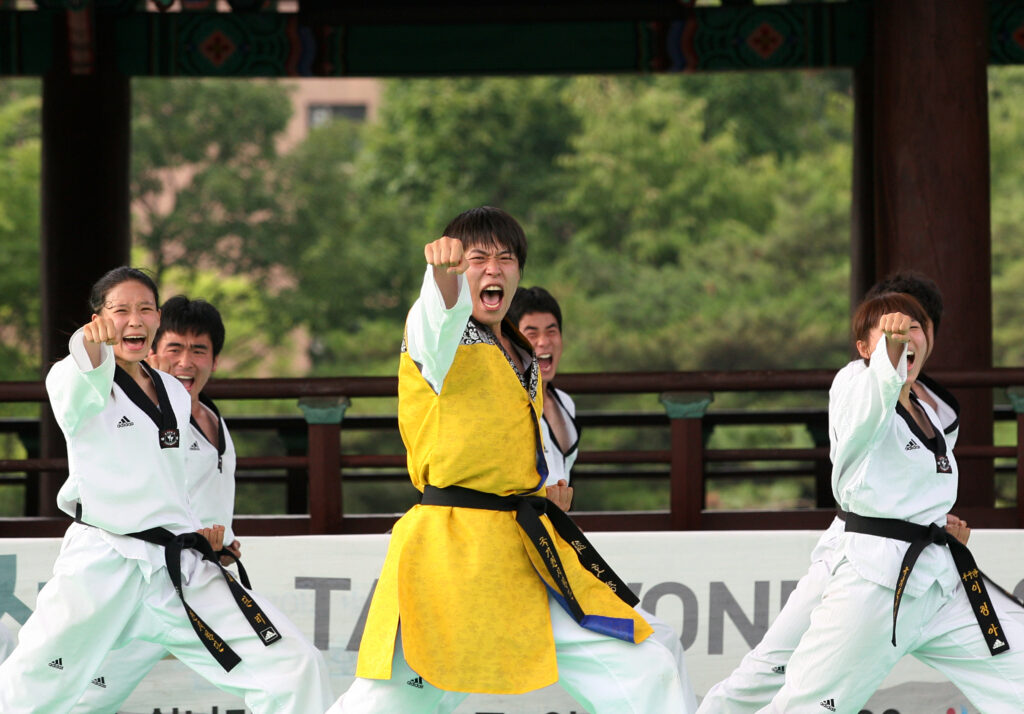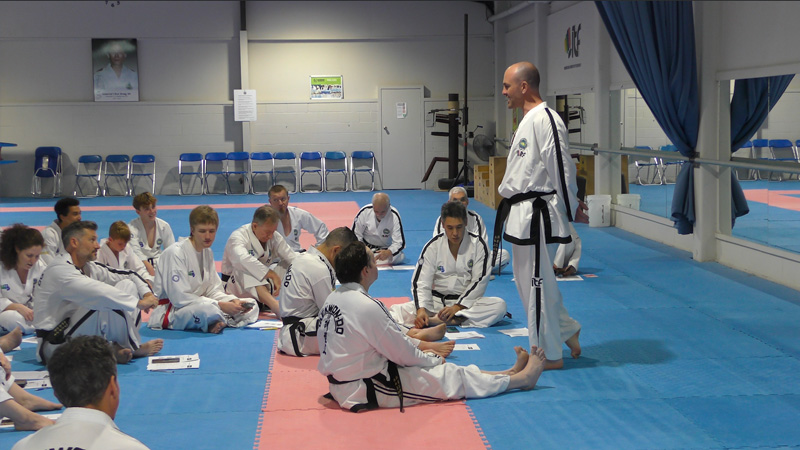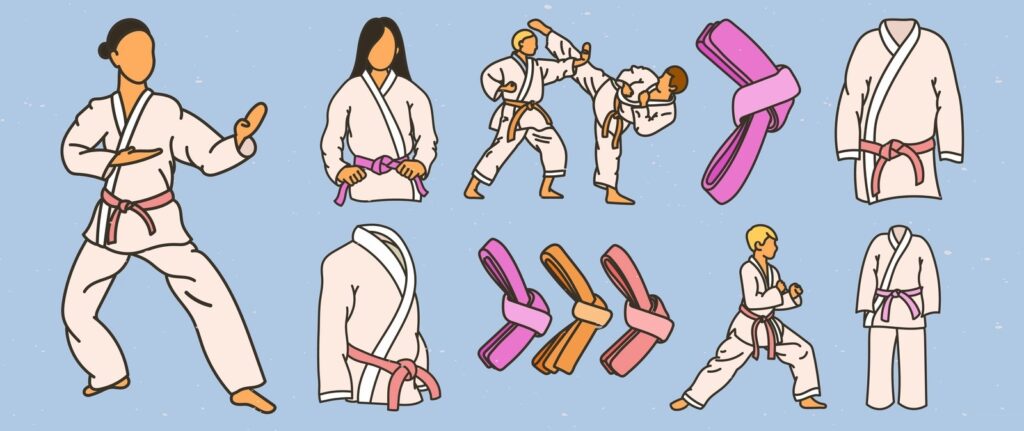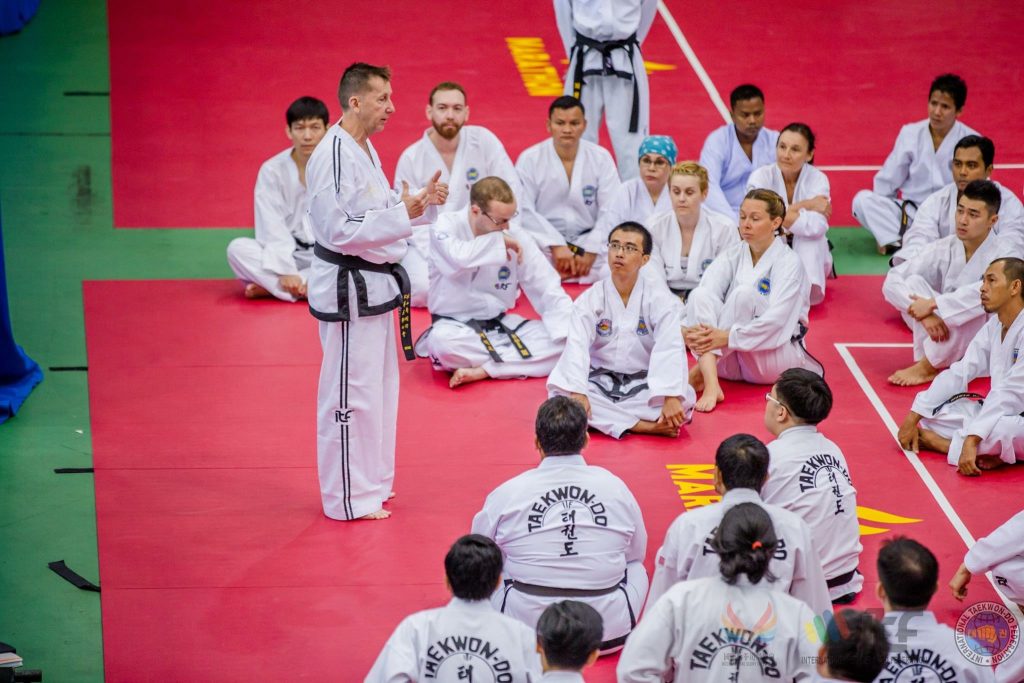7 Powerful Reasons Why Children’s taekwondo Builds Confidence and Focus (Backed by Korean Tradition)
7 Powerful Reasons Why Children’s Taekwondo Builds Confidence and Focus (Backed by Korean Tradition)
Introduction
Children’s Taekwondo is more than learning kicks and punches — it’s about developing focus, confidence, and respect. Originating in Korea, Taekwondo (태권도 in Korean) blends physical skill with mental strength. It teaches children how to stay calm, disciplined, and respectful while having fun through movement.
Parents often ask, “Is Taekwondo Korean or Japanese?” The answer is simple — Taekwondo is Korean. It was developed after World War II, inspired by traditional Korean martial arts like Taekkyeon and Hwa Rang Do, and officially recognized as Korea’s national martial art.
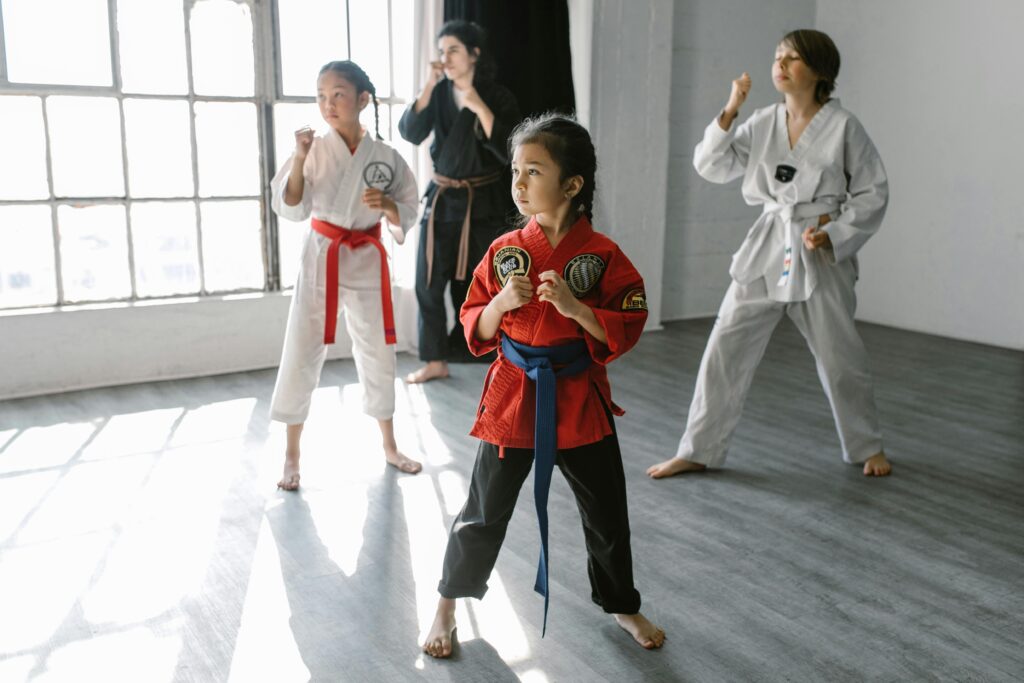
1. The Korean Roots of Taekwondo
The word Taekwondo comes from three Korean words — Tae (foot), Kwon (fist), and Do (the way). Together, they mean “the way of the foot and the fist.”
It’s a martial art deeply connected to Korean culture and values. From the World Taekwondo Center in Seoul to schools like Songahm Taekwondo, the goal has always been to build strong, respectful individuals.
Many Taekwondo programs teach not only self-defense but also essential life skills. Whether a child trains at Forney Taekwondo, Roar Taekwondo, or Killearn Lakes Taekwondo, the foundation remains the same — discipline, patience, and respect.
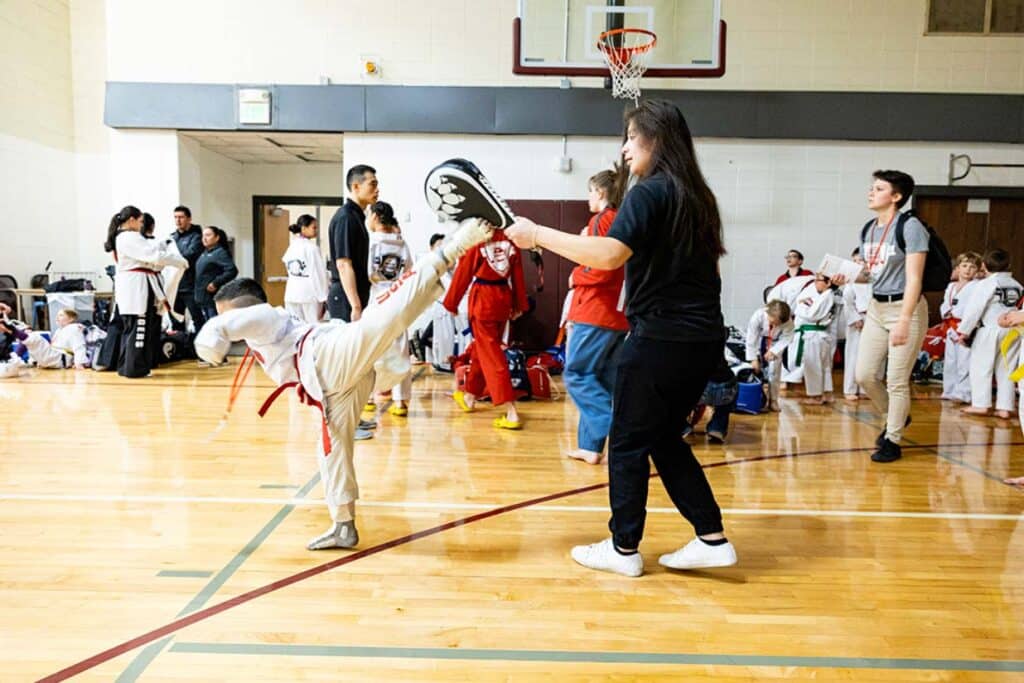
2. Learning Discipline Through Training
Children learn quickly that progress in Taekwondo takes practice and focus. From their first white belt Taekwondo class to earning their next rank, they experience the reward of consistent effort.
During Taekwondo poomsae (forms), students repeat patterns of movement that strengthen concentration. Each Taekwondo kick, side kick, and sparring drill helps children develop discipline and control.
Schools like Master Kim’s Taekwondo, JYS Taekwondo, and Polaris Taekwondo focus on teaching students to respect others — a value that’s just as important as physical strength.
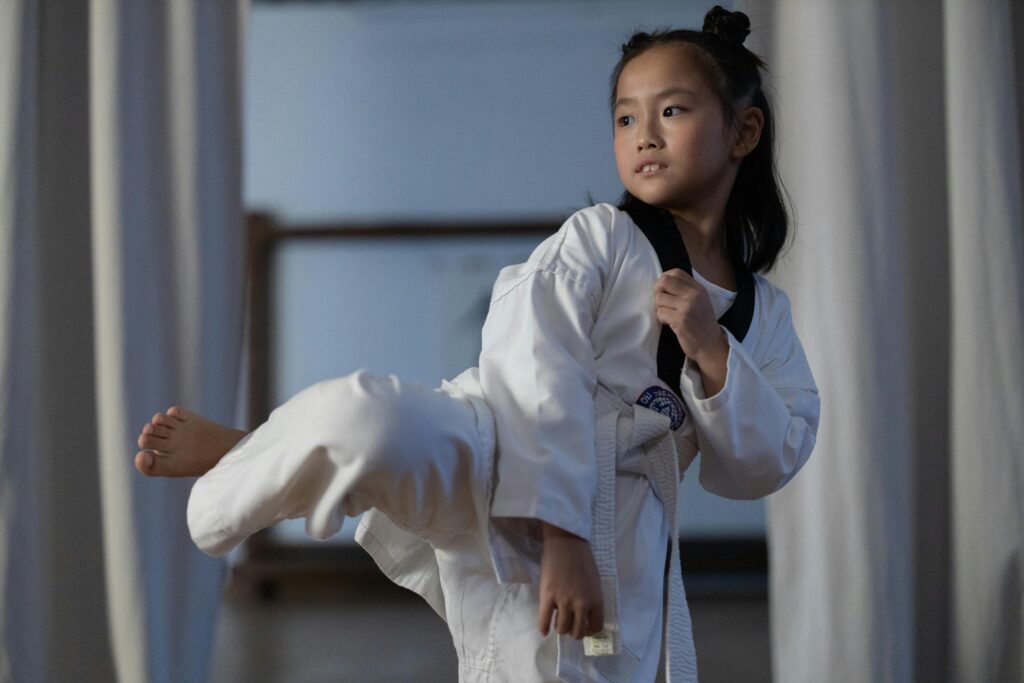
3. Building Confidence Step by Step
Confidence doesn’t appear overnight — it grows with every belt earned and every challenge overcome. In children’s Taekwondo, kids start with a white belt and move through colors that mark their progress. Each level teaches them new skills, from basic taekwondo kicks to advanced poomsae and sparring.
When children see their improvement — mastering a side kick Taekwondo or performing a clean Taekwondo form — they gain self-belief. That confidence often carries over to school, sports, and home life.
Many parents share that Taekwondo helps shy kids speak up more, try new things, and handle challenges with a calmer mind.
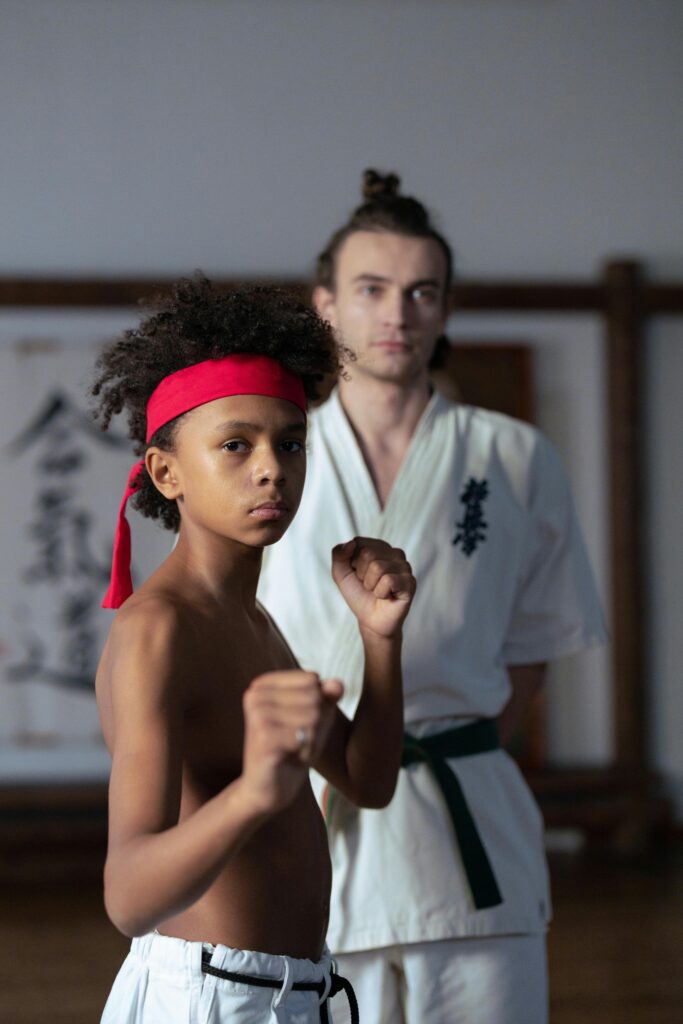
4. Focus and Mind-Body Connection
Focus is one of the most valuable lessons Taekwondo offers. During Taekwondo training, students must control both their movements and their attention. In every class, they bow to their instructors, listen carefully, and repeat techniques until they’re smooth and precise.
This repetition builds a strong mind-body connection — a skill that helps in every part of life.
In Korean philosophy, this balance of body and mind is central to Do, or “the way.”
That’s why Taekwondo in Korean culture is seen as both a martial art (Taekwondo art martial) and a way of living with respect and mindfulness.
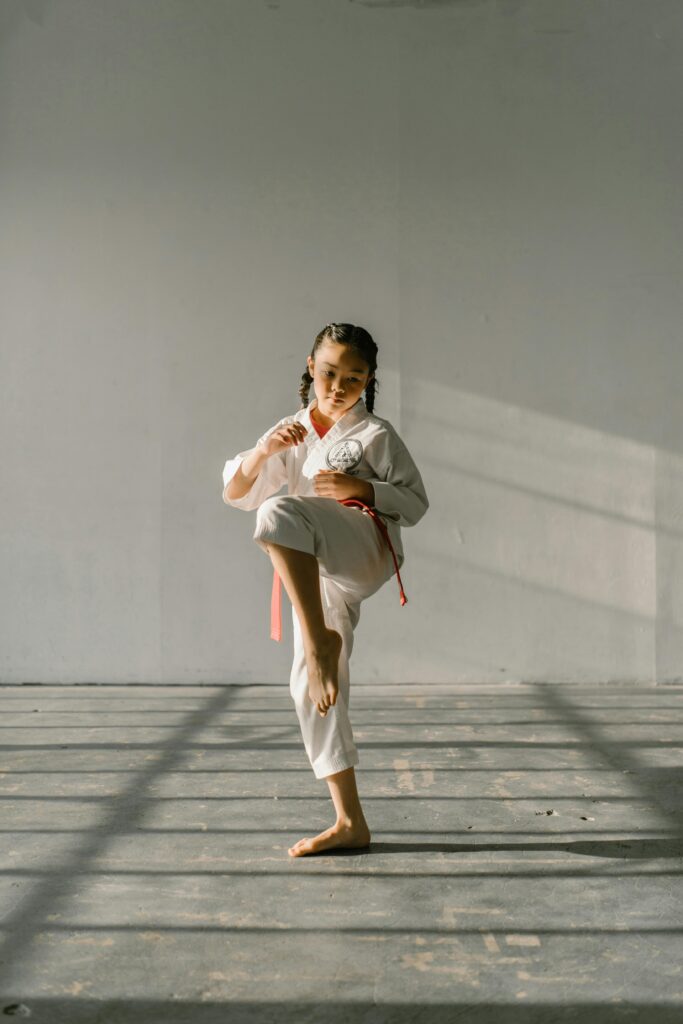
5. The Power of Respect and Teamwork
Unlike some sports, Taekwondo teaches children to support each other, not compete against their classmates. Whether in Songahm Taekwondo or traditional Taekwondo, students learn that respect begins with a bow — to their teacher, their peers, and even their opponents.
Sparring matches are friendly, not aggressive. Students learn self-control and teamwork through group drills and Taekwondo tournaments.
Schools such as All Pro Taekwondo, Rock Creek Taekwondo, and Northeast Taekwondo highlight cooperation and respect as much as physical performance.
This respect builds emotional intelligence — helping kids become more understanding, patient, and confident in how they treat others.
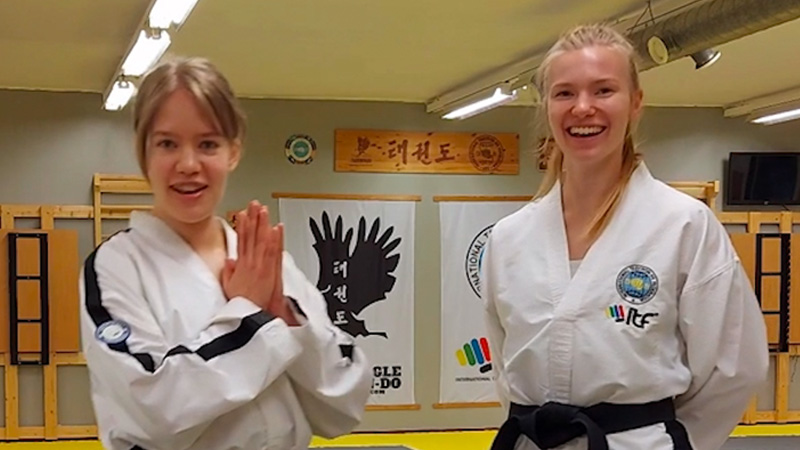
6. Physical Benefits: Strength, Balance, and Coordination
Children’s Taekwondo isn’t only about learning kicks — it’s about building strong, healthy bodies. Every taekwondo kick, side kick, and roundhouse kick helps children develop flexibility, leg strength, and balance.
Classes mix warm-ups, stretching, and drills that improve coordination. With time, kids move more confidently — not just in martial arts but in daily life.
In Songahm Taekwondo, for example, kicking techniques are taught step-by-step so students can master the movements safely. The result is better posture, endurance, and overall fitness.
Whether they train at Forney Taekwondo Center, Stevens Family Taekwondo, or White Tiger Taekwondo, every session keeps them active and focused on steady growth.
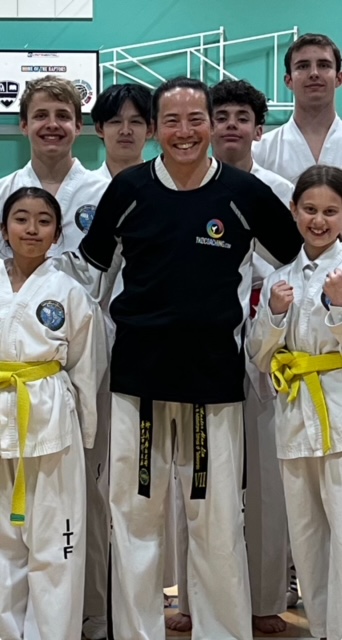
7. Lifelong Lessons: Focus, Perseverance, and Self-Belief
Beyond fitness, Taekwondo training teaches lessons that last a lifetime. Children learn perseverance — how to keep going even when something feels difficult. Each test for a new belt is a lesson in goal setting and self-belief.
Over time, they realize that every challenge can be overcome with effort and patience. This mindset builds emotional strength and confidence that carries through school and future challenges.
Even world champions like Jade Jones, who began Taekwondo at a young age, show how focus and discipline can shape success.
Through years of Taekwondo generations, these values remain constant: respect, courage, and the belief that hard work leads to success.
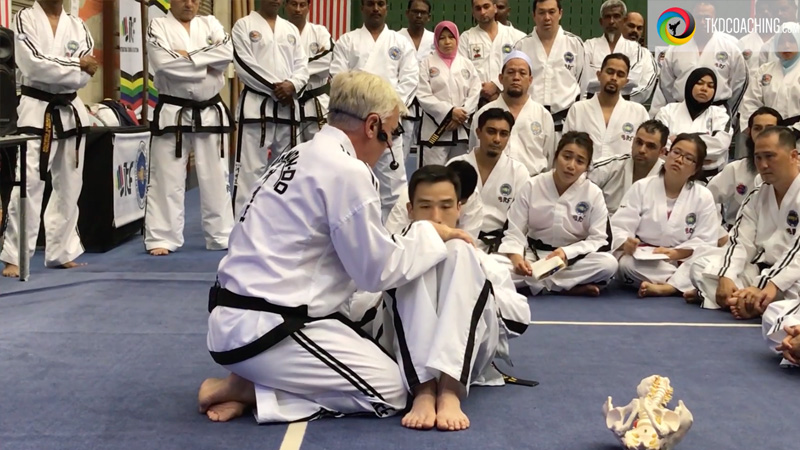
Conclusion: Why Taekwondo Is a Gift for Life
So, why does children’s Taekwondo build confidence and focus so effectively?
It combines the physical challenge of martial arts with the emotional growth of discipline and respect.
Whether you’re watching classes at the World Taekwondo Center, joining USTA Taekwondo Academy, or helping your child tie their Taekwondo belt, the lessons go far beyond the dojang (training hall).
Each taekwondo poomsae, taekwondo kick pad, and sparring drill shapes not just the body — but the mind.
For parents, it’s one of the most positive ways to help kids develop self-esteem, fitness, and character.
If you’re ready to learn more, visit our Help & Support, explore our FAQ, or Contact Us.
To train from home, check out Our App or see Our Expert Coaches.
You can also find equipment in our Shop or unlock advanced lessons with our Premium Membership.
🎥 For step-by-step tutorials and live demonstrations, visit the TKDCoaching YouTube Channel.
FAQ: Children’s Taekwondo and Confidence
Q1. Is Taekwondo Korean?
Yes, Taekwondo is a Korean martial art created in the 1950s. It’s written as 태권도 in Korean and means “the way of the foot and the fist.”
Q2. How does Taekwondo help children build confidence?
Kids gain confidence as they master new techniques, earn belts, and learn discipline through consistent training.
Q3. What is Taekwondo poomsae?
Poomsae are patterns or forms that teach control, precision, and balance — a key part of every Taekwondo curriculum.
Q4. What gear does my child need for Taekwondo?
A Taekwondo outfit (dobok), a belt, and protective gear like a helmet and kick pads. Many use Taekwondo shoes adidas for safe movement.
Q5. What’s the difference between Karate and Taekwondo?
Karate and Taekwondo share similar principles, but Karate focuses more on punches, while Taekwondo emphasizes high, fast kicks.
Q6. Can Taekwondo help shy or anxious kids?
Absolutely. It encourages focus, teamwork, and gradual confidence through structured learning and positive reinforcement.
Q7. How often should children practice Taekwondo?
Two to three times per week is ideal. Regular Taekwondo training builds both physical skill and mental discipline.

